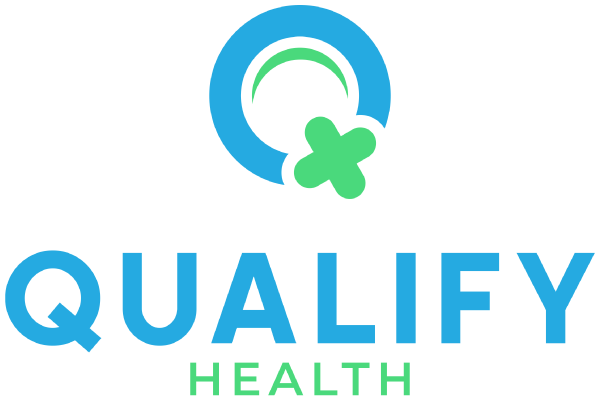A how-to-guide to troubleshoot financial advocacy for cancer infusion center patients facing financial distress.
Patients who have insurance and are on expensive infusion therapy and oral chemotherapy medications must meet high out-of-pocket maximums before their benefits cover the treatment cost. Many patients find themselves with out-of-pocket maximums that exceed $6500 when seeking treatments for cancer or other infusion-related treatments.
As many headlines have noted, patients without insurance or prescription coverage face a shocking bill for their life-saving prescriptions. The retail price of a 30-day supply of oral oncology specialty medication is double and triple the out-of-pocket maximums – and can be as much as $16,000 for a month supply.
Fortunately, there are charitable organizations and drug manufacturer programs that provide disease-related grants to help the patient with out-of-pocket expenses. However, these disease funds are in high demand and become fully funded quickly. For example, when a breast cancer fund opens, it is usually only open for around 2-hours before all of the funding dries up and the fund is closed again. For patients who are fortunate enough to secure disease-based funding, they find that with the high cost of treatment, the grant will usually deplete quickly, and they then have to try to find additional financial assistance.
Factors that determine the route to take for patient financial advocacy:
Diagnosis
There are many disease funds available for patients depending on their diagnosis. The organizations that provide the grants do have income requirements for the applicant and restrict what services they will reimburse. If a patient can obtain funding and depletes the grant balance before treatment is complete, some organizations will only allow them to apply for additional funding every 12 months. This is highly problematic for patients who lack the extra coverage of a Medicare Advantage plan or are without prescription coverage.
Therapy and Treatment
The patient’s cancer diagnosis and staging determine the type of treatments they will be receiving. Depending on the patient’s treatment plan and associated therapies, copay cards are available for these high-dollar specialty medications and infusions drugs. The copay cards are obtained directly from the manufacturer and will help reduce the patient’s out-of-pocket responsibility. There is no income requirement for the application.
Insurance
Patients must have a private or commercial insurance policy for copay card programs. Patients who have government health insurance, such as Medicare and Medicaid, are not eligible for the copay savings programs. Disease funds will also restrict applicants to specific grants depending on what their insurance is.
Copay Accumulators
Insurance companies have started to push back at patients using copay cards by not allow it to count towards their plan out-of-pocket responsibility. Once the patient has used the copay card’s max assistance amount, they are left facing the large unpaid policy deductible.
Patient Income
Patient access programs and disease-based grants have income requirements to qualify for assistance. Some patient assistance foundations clearly define their income eligibility requirements, and some keep the requirements private. Applicants have to fall within the income requirements and proving a certain percentage of the patient’s income is spent on medical expenses. Assistance programs will ask for proof of income, bank statements, and receipts to verify the financial information provided on the application.
How QCSS Can Help
Our years of experience at Q Consulting Support Services give us the knowledge to troubleshoot and strategize how to obtain patient funding through unconventional sources. We proudly help patients, pharmacies, infusion centers, and health systems find the right regardless of income and manage the entire process, from sign-up, appeals, and ongoing charges. We work side-by-side with the patient, their clinicians, and family members and address each of the requirements needed to qualify and receive assistance. This starts with the sign-up process, through to EOB and charge submission, to check or copay collection and ensuring the charges are paid – and submitting appeals in cases where needed.

